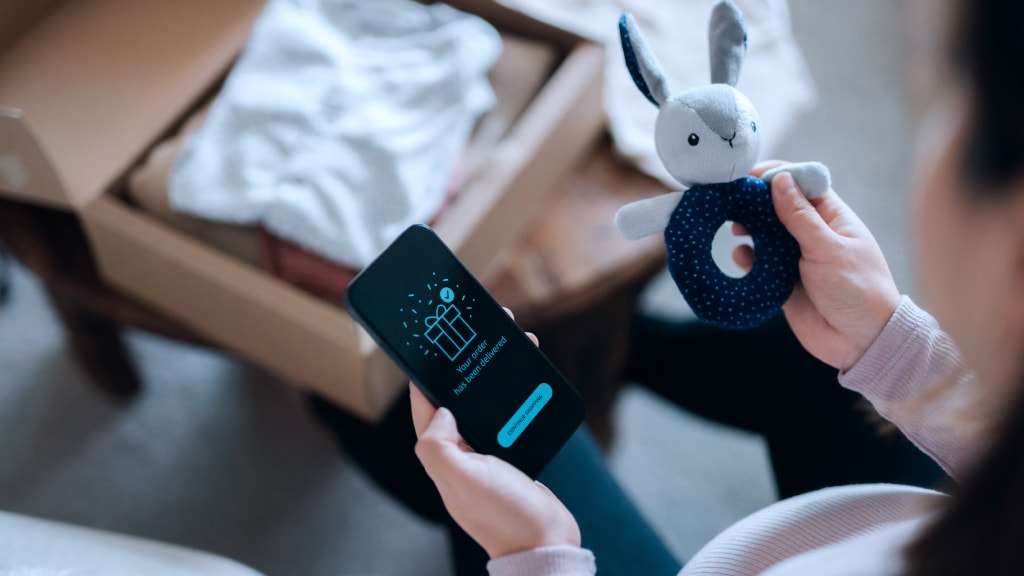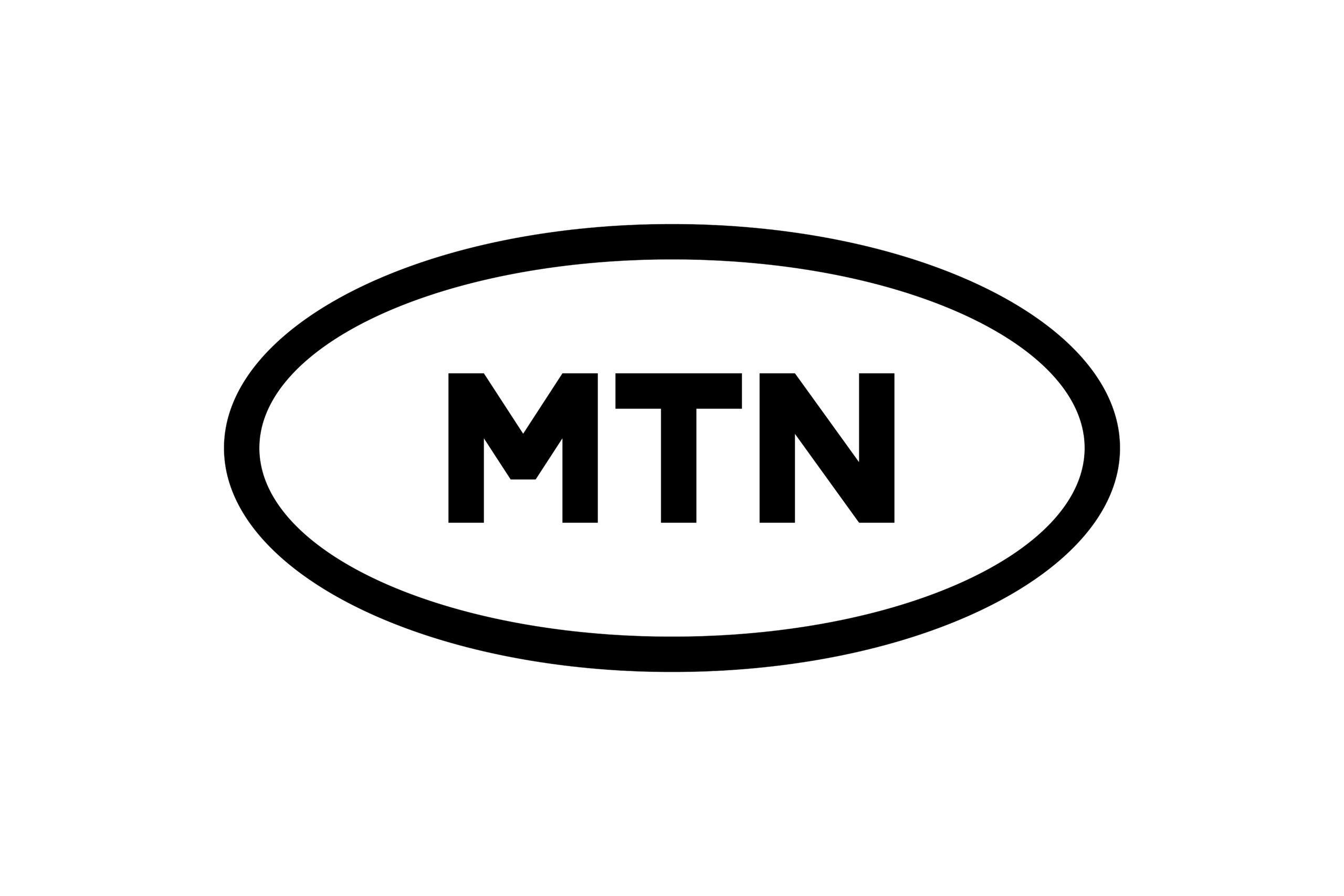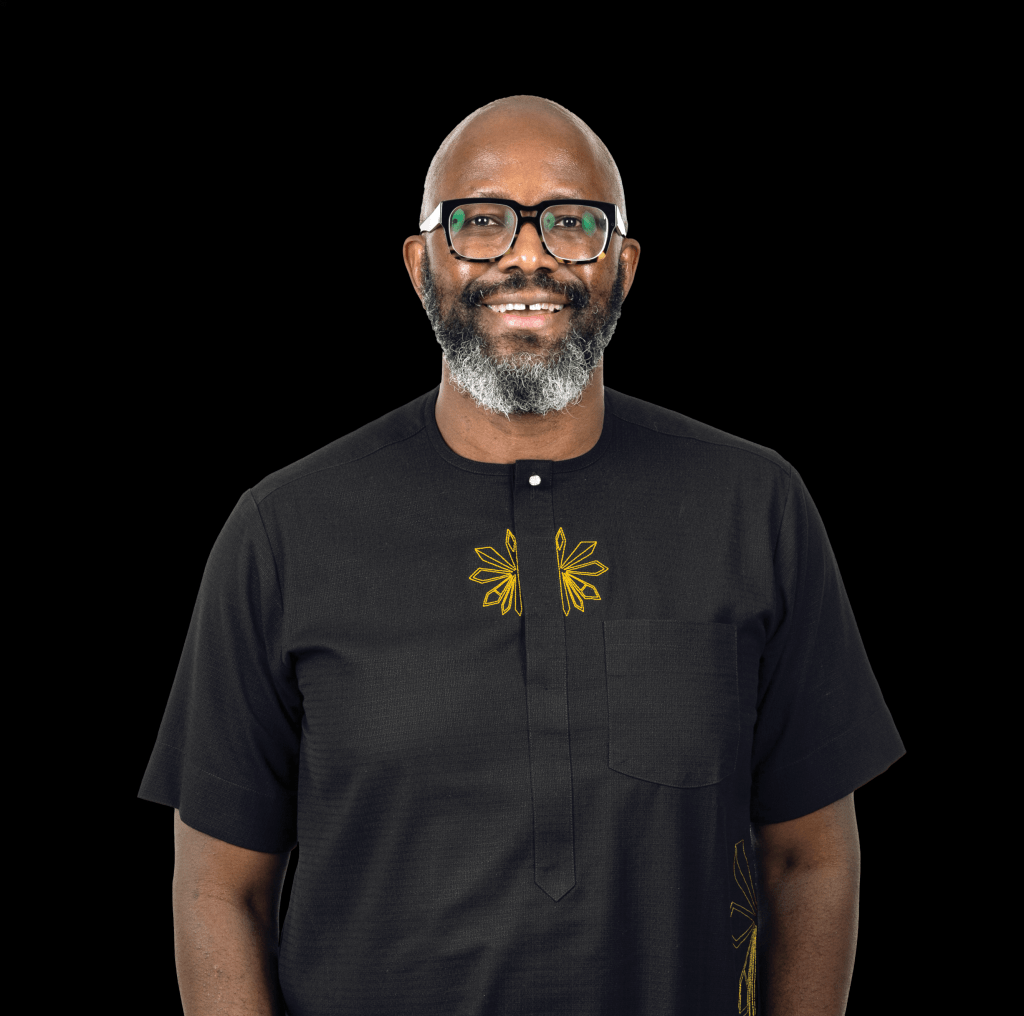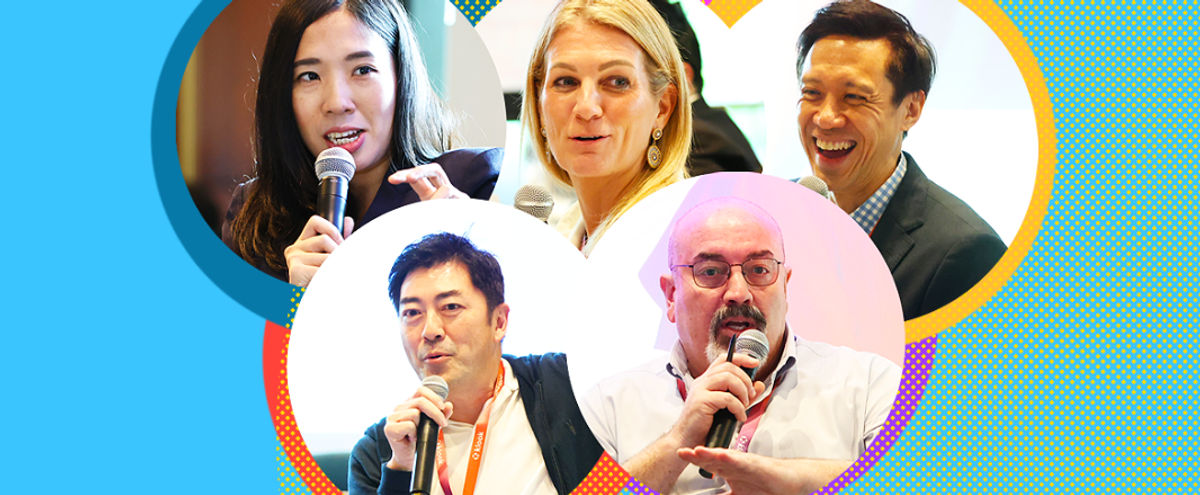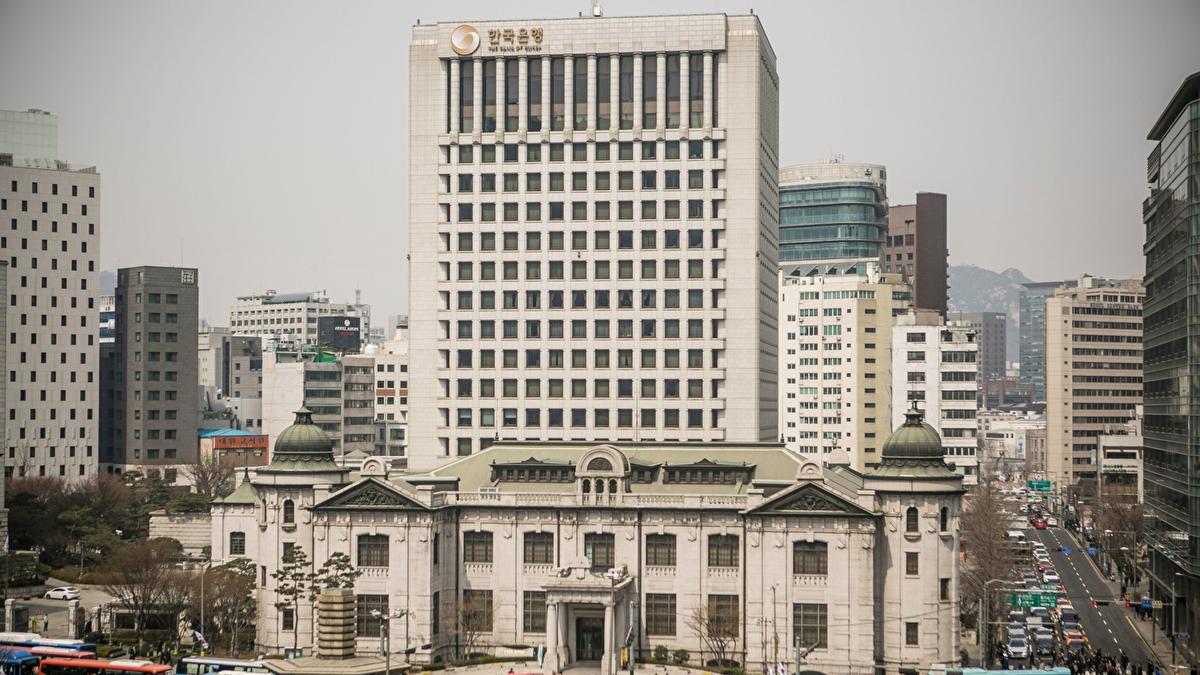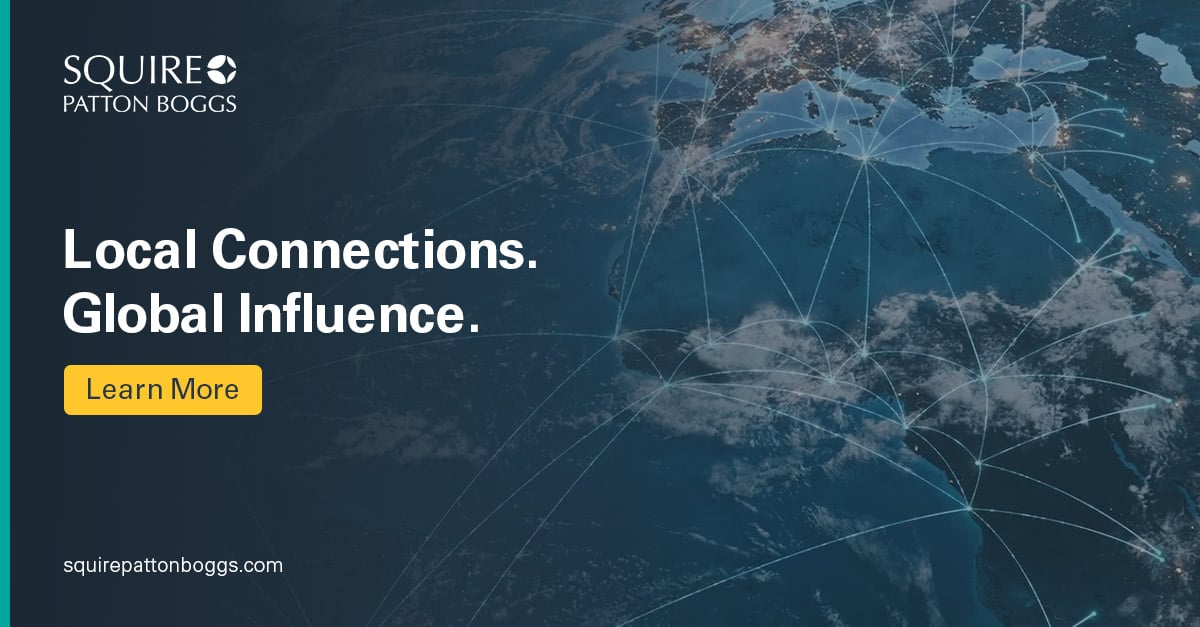Understanding a customer’s evolving needs starts with asking the right questions and staying closely engaged. For Maersk, working with fast-growing e-commerce brand specialising in mother and baby products, meant staying closely aligned with their evolving supply chain challenges. By keeping the conversation open and ongoing, we were able to spot gaps in their supply chain and find practical ways to simplify, streamline, and bring everything under one roof.
How it started
As an existing Warehousing and Distribution (WnD) customer of Maersk, the company was looking to streamline operations at the origin by better managing suppliers and gaining improved visibility over shipments. A qualification discussion highlighted a broader opportunity: strengthening their overall Supply Chain Management (SCM).
During the Internet Summit, the customer was introduced to our Container Freight Station (CFS) solution, which sparked strong interest. This led to a series of focused discussions with their logistics team to assess the potential value of integrating SCM and CFS into a consolidated approach.
Maersk stepped in as more than a logistics provider, offering end-to-end supply chain solutions that bring together logistics, fulfillment, and value-added services in one integrated platform.
Challenges at a glance
The customer faced several challenges across their supply chain that were impacting efficiency and visibility. Key issues included a reliance on cumbersome manual processes and limited visibility into shipments at the SKU or product level, making it difficult to track inventory and plan effectively.
Uncertainty around shipment arrivals further complicated operations, while the use of Less-than-Container Load (LCL) shipments presented missed opportunities for cost-saving through consolidation into Full Container Loads (FCL). Additionally, having too many stakeholders involved created coordination hurdles, with manual follow-ups and milestone tracking adding to the complexity and operational strain.
|
Current challenges |
Maersk solutions |
|---|---|
|
|
|
|
|
|
|
|
|
|
|
|
|
|
|
|
|
|
|
|
|
Transition to a comprehensive solution
We transitioned from a single-solution approach to a more comprehensive one-stop solution (integrator strategy) by asking the right questions and mapping out the end-to-end process to identify gaps and opportunities.
By involving the appropriate stakeholders from Maersk to co-design the solution and present it to the customer, demonstrating our deep supply chain expertise and operational know-how.
The key to lasting partnerships is to treat the customer’s business as if it were your own—because their success is ultimately ours too.
Our value proposition
Our value proposition played a pivotal role in reinforcing trust and aligning strategic priorities with the customer’s long-term goals. Specifically, the solution delivered impact in the following key areas:
Driving measurable improvements
Our customer saw value in having one Logistics Service Provider (LSP) handle end-to-end solutions, including SCM (CY and CFS consolidation), ocean freight, CHB, and trucking, providing a ‘one source of truth’ for them and internal stakeholders.
The volume awarded was 26,000 cubic meters, with a total revenue of USD 250K over a contract duration of 2 years.
Strengthening what comes next
Building on the success of the initial collaboration, we are now focused on expanding the partnership through several strategic initiatives. Phase 2 CFS implementation is underway in Qingdao and Yantian, with further opportunities being explored in Turkey and the UK.
A long-term ocean freight contract is being developed to ensure stability, while Customs House Brokerage and SABER verification are being set up to support smooth imports into Saudi Arabia. Cross-border trucking from the UAE to KSA is also being introduced, marking continued progress toward a more integrated, streamlined and resilient supply chain.
